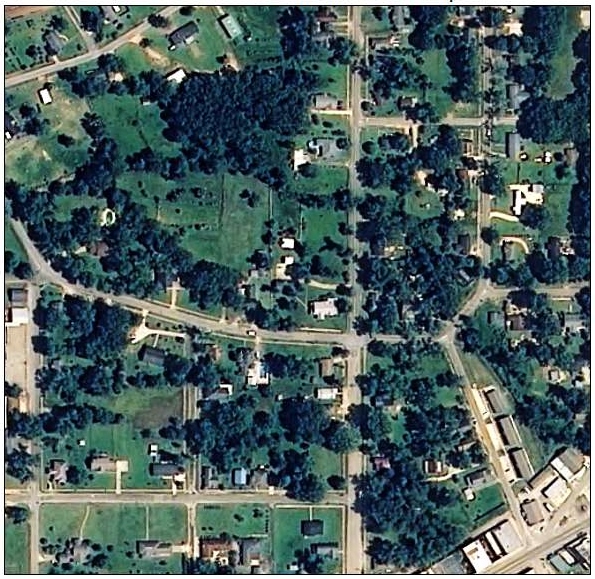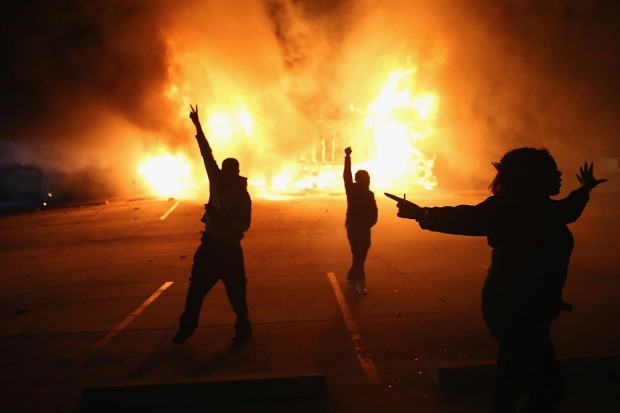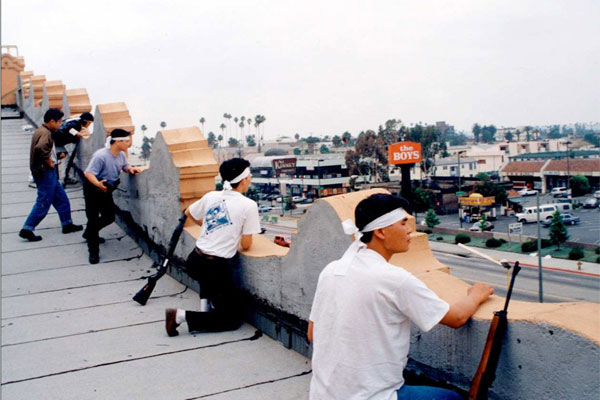By Bill Tallen, VP Tactical Operations, Pulse O2DA Firearms Training, Inc.
In Castle Rock v. Gonzales (2005), the U.S. Supreme Court ruled unambiguously that police have no duty or legal obligation to protect any individual; they serve the larger community and, in the best of times, deter criminal violence, but they are typically not present when violent crime is committed, and have no obligation to race to your aid and save you, even if they could arrive in time to do so. For more on this case and its implications, see our friend Mike McDaniel’s discussion here. Mike’s own blog contains a great deal more thoughtful content on firearms, school security, and self-defense, and we recommend it most highly.
In the decade since that ruling, the situation has only grown worse. Police in many jurisdictions are underfunded, under-strength, and increasingly demoralized by the active hostility and distrust of broad swathes of American society – including those segments which generate the majority of violent crime. Proactive policing, and the deterrent effect it creates, have suffered.
Filling this widening gap are armed, self-reliant citizens and private defense networks, a term we use to describe any collective effort by law abiding citizens to provide the protection that the police cannot and are not obligated to provide.
Community
Protecting a community is more complex than securing a home, business, church, or school. The people or private property you seek to protect may be interspersed among public areas and even other private properties whose owners may not support or approve of your activities. That geographical reality imposes legal restraints on your freedom of action beyond what pertains to private property and personal space, and makes community defense a wickedly complex endeavor. Operating as a group of armed citizens to deter and prevent violent crime entails risk and may itself incite trouble. You absolutely must respect those risks and hazards. You must understand the legal boundaries and stay well within them.
Your community might be an urban or suburban neighborhood, subdivision, or gated community; a village or small town, or a sparsely populated rural area. The size and geography can vary enormously; the common element is a group of citizens with a shared understanding of the threats they face, and a willingness to work together.

–
Within any community, attitudes toward self-reliance will differ; appreciation of emerging threats varies; and in much of America we do not even know all our neighbors, much less work with them on vital shared interests. Patience and persuasion will be critical traits, in building consensus and encouraging active participation.
Threats
In the past, a neighborhood watch organization might have sufficed to deter, detect, and report low-frequency property crime and opportunistic criminal violence. You would not be considering the next step, community defense, if you were not concerned about a breakdown in social cohesion leading to broader and more dangerous threats, and a decline in the ability of law enforcement to prevent and respond to them. Threats such as sustained civil disorder, out-of-control protests, financial or infrastructure collapse, acts of war or terrorism, or long-duration natural disasters have all impacted Americans in the last several decades, and they are likely to become more frequent and more severe in the future, rather than less.

–
Challenges
The defense of businesses, churches, and schools against violent threats is based upon the ability of individuals and small teams to plan, anticipate, and respond appropriately.
Community defense will involve more people, greater specialization, and a multi-tiered organizational structure (no mean feat in a voluntary association). Members must be able to avoid the traps of complacency, routine, and normalcy bias when things are calm, and handle the transition from calm to chaos. Leaders must be able to work in time-urgent situations, with multiple teams or elements, given limited and contradictory information, and a complex web of civil and legal constraints. Shifts, patrols, watch-standing, alert and notification procedures, liaison with law enforcement and other outside responders, and maintaining redundant, reliable communication networks are all topics that must be addressed.
Organizing Concepts
The following concepts can serve as a foundation for community defense; circumstances will dictate how they are balanced and implemented:
- Community Observers. These will be community members going about their daily business, but alert to what is going on around them, and prepared to call in reports when they observe something suspicious or out of place. This will entail training, organization, and planning, as well as communications means and procedures. Who is watching? What are they watching for? To whom do they report, and how?
- Community Patrols. Community members patrol neighborhoods in order to detect and report actual or imminent threats. Within legal constraints, they should be armed for self-defense, but intervention outside the boundaries of private property or clear and immediate self-defense is an idea that must be approached with great caution.
- Protected Locales. Identify locations, e.g. homes, businesses, community buildings, that can be protected, and designate them as refuges or rallying points. This concept is based on two truths:
- Common law recognizes a right to defend yourself on your own property, but not as armed groups in public – this remains largely a monopoly of the state.
- Some people in your community will not be capable of effective self-defense, and some properties will not be defensible.

–
- Consolidation. When alerted to general threats, or warned on a timely basis about specific immediate or imminent threats, this calls for people to converge on Protected Locales where numbers, prior planning, and physical security measures can provide them a level of protection they could not achieve on their own.
- Operations Center. Its purpose is to receive calls and notifications from Community Observers and Patrols, request law enforcement and other outside assistance as needed, and coordinate response actions within the community. It needs to be in a secure location, and must have redundant communications. It may be manned full time or only when the threat situation escalates.
- Reaction Teams. Your defensive capabilities will be far greater with some form of mobile reaction force than if you have to depend only on a network of defended points (protected locales) that cannot offer mutual support. Whether you can organize and train teams to conduct armed response to threats, acting outside the boundaries of private property, will be entirely dependent on how you address the legal questions discussed earlier. Such teams should only operate within the law, with the knowledge and sanction of your local law enforcement agencies.
Pulse develops these concepts, and the tactics and techniques which support them, in more depth and with illustrative examples in its online Manuals and training courses.
For more detailed discussion of these steps, click here to sign up for a free online webinar with Pulse.
—–
Please welcome the team at Pulse O2DA Firearms Training to the Daily Caller. This series will appear every Saturday. Over the next 10 weeks we will cover:
–


